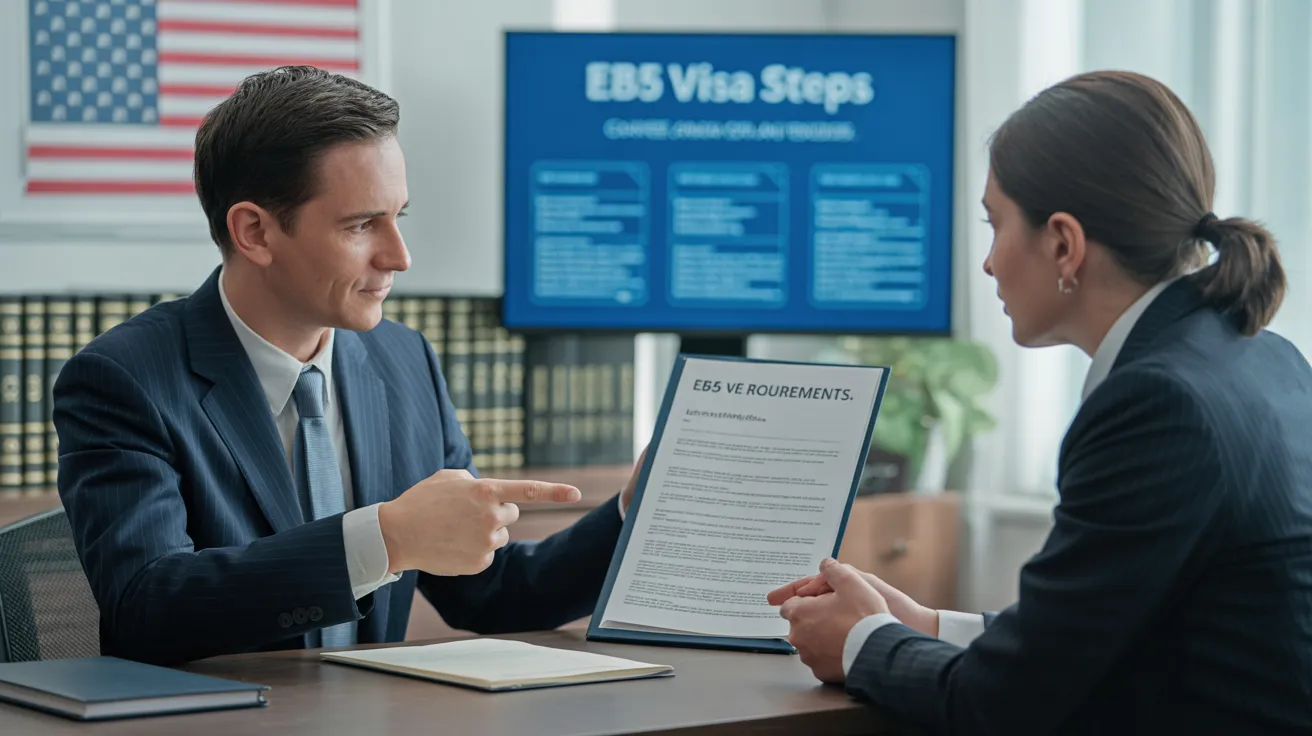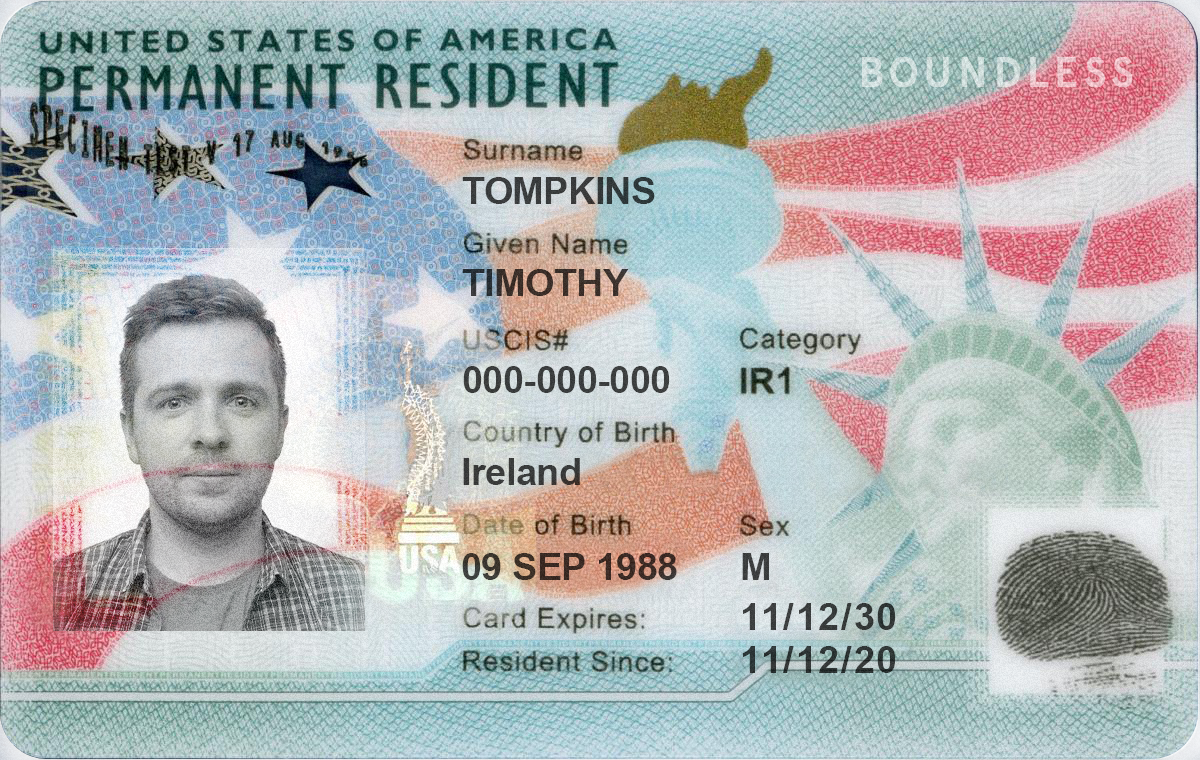L1 Visa Lawyer Help
All about L1 Visa
Table of ContentsNot known Factual Statements About L1 Visa Things about L1 VisaLittle Known Facts About L1 Visa.L1 Visa Things To Know Before You BuyL1 Visa for BeginnersThe Ultimate Guide To L1 Visa
Available from ProQuest Dissertations & Theses Worldwide; Social Scientific Research Premium Collection. (2074816399). (PDF). Congress. (PDF). DHS Office of the Inspector General. (PDF). (PDF). "Nonimmigrant Visa Data". Retrieved 2023-03-26. Department of Homeland Safety And Security Workplace of the Assessor General, "Evaluation of Vulnerabilities and Prospective Misuses of the L-1 Visa Program," "A Mainframe-Size Visa Loophole".
U.S. Department of State. Fetched 22 August 2016. "Employees paid $1.21 an hour to set up Fremont technology firm's computer systems". The Mercury News. 2014-10-22. Obtained 2023-02-08. Costa, Daniel (November 11, 2014). "Little-known momentary visas for foreign technology employees depress earnings". Capital. Tamen, Joan Fleischer (August 10, 2013). "Visa Holders Replace Workers".
The Ultimate Guide To L1 Visa
In order to be qualified for the L-1 visa, the international firm abroad where the Beneficiary was utilized and the united state business have to have a certifying relationship at the time of the transfer. The various kinds of qualifying relationships are: 1. Parent-Subsidiary: The Parent suggests a firm, firm, or other lawful entity which has subsidiaries that it owns and manages."Subsidiary" suggests a company, firm, or other lawful entity of which a parent possesses, straight or indirectly, greater than 50% of the entity, OR owns less than 50% however has administration control of the entity.
Example 1: Firm A is integrated in France and employs the Beneficiary. Company B is incorporated in the U.S. and intends to seek the Recipient. Business A has 100% of the shares of Business B.Company A is the Parent and Company B is a subsidiary. For that reason there is a qualifying partnership in between both firms and Business B must be able to sponsor the Beneficiary.
Example 2: Company A is integrated in the U - L1 Visa.S. and wishes to petition the Recipient. Business B is included in Indonesia and uses the Beneficiary. Firm A has 40% of Business B. The remaining 60% is possessed and managed by Company C, which has no relationship to Firm A.Since Firm A and B do not have a parent-subsidiary connection, Business A can not fund the Recipient for L-1.
Example 3: Company A is included in the U.S. and intends to request the Beneficiary. Firm B is included in Indonesia and uses the Beneficiary. Firm An owns 40% of Business B. The staying 60% is possessed by Company C, which has no connection to Firm A. However, Business A, by formal arrangement, controls and complete manages Business B.Since Company An owns much less than 50% of Company B yet manages and regulates the business, there is a qualifying parent-subsidiary partnership and Firm A can sponsor the Beneficiary for L-1.
How L1 Visa can Save You Time, Stress, and Money.
Associate: An associate is 1 of 2 subsidiaries thar are both possessed and managed by the exact same parent or person, or owned and controlled by the very same team of individuals, in basically the exact same proportions. a. Example 1: Company A is incorporated in Ghana and employs the Beneficiary. Company B is integrated in the U.S.
Business C, also included in Ghana, owns 100% of Firm A and 100% of Company B.Therefore, Firm A and Firm B are "affiliates" or sister contact us firms and a qualifying partnership exists between the two business. Firm B must have the ability to sponsor the Recipient. b. Example 2: Company A is included in the U.S.
Company A is 60% owned by Mrs. Smith, 20% had by Mr. Doe, and 20% owned by Ms. Brown. Firm B is included in Colombia and presently utilizes the Beneficiary. Firm B is 65% had by Mrs. Smith, 15% had by Mr. Doe, and 20% possessed by Ms. Brown. Business A and Company B are associates and have a qualifying relationship in two various methods: Mrs.
The L-1 visa is an employment-based visa group established by Congress in 1970, permitting international business to move their supervisors, execs, or key employees to their U.S. procedures. It is typically referred to as the intracompany transferee visa.

Furthermore, the recipient must have functioned in a managerial, executive, or specialized employee position for one year within the three years coming before the L-1A application in the international company. For new workplace applications, international work must have been in a supervisory or executive capacity if the beneficiary is coming to the United States to work as a supervisor or exec.
The L1 Visa Statements

If provided for an U.S. business operational for greater than one year, the initial L-1B visa is for up to 3 years and can be expanded for an added 2 years (L1 Visa). Conversely, if the united state business is newly established or has been functional for less than one year, the first L-1B visa is issued for one year, L1 Visa law firm with extensions offered in two-year increments
The L-1 visa is an employment-based visa group established by Congress in 1970, allowing multinational firms to move their managers, execs, or essential employees to their U.S. procedures. It is read more commonly described as the intracompany transferee visa. There are two primary sorts of L-1 visas: L-1A and L-1B. These kinds appropriate for staff members hired in various placements within a company.
L1 Visa Can Be Fun For Everyone
In addition, the recipient must have operated in a supervisory, executive, or specialized staff member setting for one year within the three years preceding the L-1A application in the international business. For new workplace applications, foreign work needs to have been in a supervisory or executive ability if the recipient is involving the United States to function as a supervisor or exec.
for approximately 7 years to supervise the operations of the U.S. associate as an executive or supervisor. If provided for an U.S. business that has been operational for greater than one year, the L-1A visa is initially granted for as much as 3 years and can be prolonged in two-year increments.
If given for an U.S. company operational for greater than one year, the initial L-1B visa is for approximately three years and can be prolonged for an additional two years. Conversely, if the U.S. firm is recently established or has been functional for less than one year, the initial L-1B visa is released for one year, with extensions offered in two-year increments.